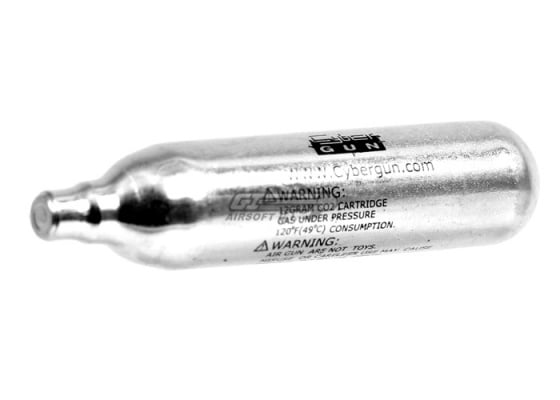Regarding paintball, one of the most crucial decisions that players encounter is finding the correct tank for their arrangement. Whether you're gearing up for a weekend of speedball, your tank can greatly influence your performance and fun. This article will explore the two central varieties of paintball tanks—tank types: CO2 and HPA—and help you decide which is most appropriate to your style of play and requirements.
Understanding the differences between CO2 and HPA tanks is important for every participant, particularly newcomers looking to choose wisely as they purchase their equipment. From performance consistency to the requirements for upkeep, each type of tank offers its specific benefits and disadvantages. In addition to looking at these tank types, we will also touch on features to consider when choosing a paintball gun and how the right tank can enhance your overall experience on the field.
Whether you're a seasoned player or just getting started, continue on to find out how you can make informed decisions for your paintball adventures.
Comprehending Paintball Containers: CO2 vs. High-Pressure Air
When it comes to choosing a paintball tank, players commonly face debating the choice between CO2 and HPA (high-pressure air) systems. Both options has its distinct features that can significantly impact performance on the field. CO2 tanks are more accessible and usually less expensive, making them a popular choice for beginners. They work by changing liquid CO2 into gas, which can cause fluctuations in pressure and performance, particularly in colder weather. This variation can affect shooting reliability, especially for experienced players who require precision.
In contrast, HPA tanks furnish a consistent and steady output pressure, which is essential for maintaining accuracy and reliability in gameplay. These tanks store compressed air, allowing for consistent shots despite varying environmental conditions. HPA systems are often preferred in tournament settings where performance consistency is paramount. However, they tend to come with a more expensive cost and may require additional gear, such as a regulator and remote line, which can be a factor for budget-conscious players.
In the end the choice between CO2 and HPA predominantly depends on the player's specific needs and style of play. Beginners may find CO2 easier to use and economical, while seasoned players may opt for HPA for its reliability and performance benefits. Grasping these factors will help you make an informed decision when choosing the best paintball tank to enhance your setup.
Key Features to Consider When Choosing a Paintball Gun
When a paintball gun, a critical factor to keep in mind is the firing mechanism. There are primarily two types: mechanical and electronic. Mechanical guns are generally more durable and less complicated to maintain, making them a excellent choice for beginners. In contrast, electronic guns offer faster firing rates and personalized options, appealing to players looking for quickness and accuracy. Understanding your playstyle and preferences will guide you decide which mechanism suits you best.
Another crucial factor is the weight and design of the paintball gun. A nimble gun can enhance mobility on the field, especially during speed-oriented play like speedball. Additionally, the ergonomics of the gun's design can significantly impact comfort and control. Seek out features like adjustable stocks or grips that are comfortable to hold, allowing for better aim and stability. Choosing a gun that suits you well during extended play is essential to improving your game performance.
In conclusion, consider the accuracy and range of the paintball gun. Important features include the quality of the barrel and the kind of paintballs utilized. https://www.fcsurplus.ca/shopping/products/c478-paintball-co2-and-hpa-tanks/ provides greater precision, while the appropriate paintballs can enhance performance. Many guns also offer adjustable velocity settings, enabling you to modify your shots based on the game environment. Investigating and comprehending these aspects will help you choose a paintball gun that meets your individual requirements and boosts your overall experience on the field.

Upkeep Advice for Paint Ball Firearms and Cylinders
Keeping your marker and container in optimal condition requires regular cleaning and maintenance. After each outing, make sure to clean your paintball gun by dismantling key parts and wiping away any grime or paint residue. Pay particular attention to the tube and bolt area, as these are prone to accumulation. Using a specialized paintball-specific cleaner can help eliminate stubborn stains and ensure that your gun performs efficiently.
For your cylinder, it’s important to look for any indicators of deterioration or wear, especially the regulator and tank exterior. Frequently check the tank for scuffs or blemishes, which could affect its strength. Additionally, ensure that the cylinder's O-rings are in good condition; replacing them as needed will prevent leaks and ensure a reliable air supply. Be sure to follow maker guidelines for tank hydro testing, as it is essential for security.
Finally, storing your gear appropriately can significantly enhance its durability. Keep your paintball gun in a protective case when unused, and store your cylinder in a fresh, non-humid place away from sunlight. If you play frequently, consider creating a care plan to check both your gun and cylinder from time to time. This ongoing care will enhance functionality and trustworthiness, allowing you to focus on your play.
